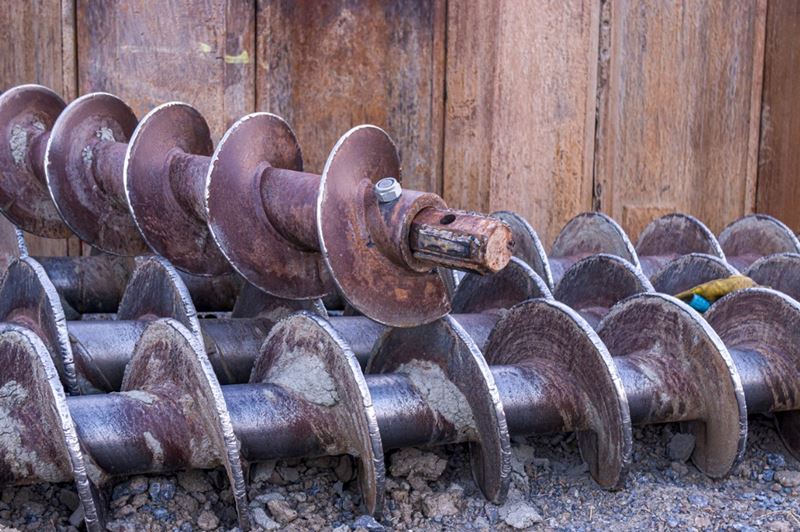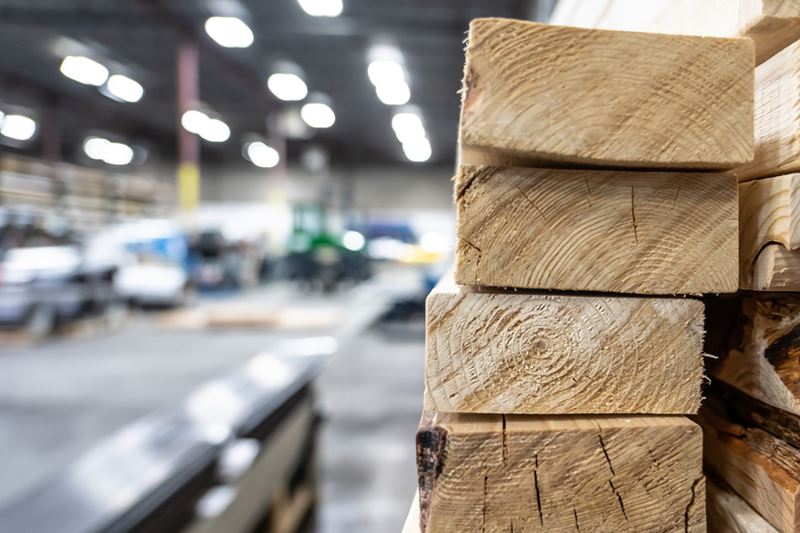What’s behind soaring material costs and how can contractors cope?
What’s behind soaring material costs and how can contractors cope?
Being in the construction business has never been easy. Over the decades, contractors have had to navigate economic downturns, labour woes, safety issues, technological disruptions, and even everyday variables like the weather.
In today’s environment, there’s both good news and bad news for commercial contractors and their clients. Post-pandemic, public construction spending has rebounded, and Canada is in the midst of a 12-year, $180 billion infrastructure plan.1
According to the latest figures from Statistics Canada, investment in the country’s non-residential construction sector increased 2.4% to $5.3 billion in June 2022. Commercial investment advanced 2.7% to $3 billion, led by Ontario (4.1%). In the second quarter of 2022, the total value of investment in building construction rose 3.3% to $62.3 billion – the third consecutive quarterly increase.2
While spending varies by province, overall it continues to rise. However, many contractors continue to face material cost escalations. In fact, non-residential construction building costs rose 12.5% year-over-year in the first quarter of 2022, according to Statistics Canada. Construction cost increases were the largest in Toronto (+15.6%), Montreal (+13%) and Ottawa (+12.6%).3
What’s behind the rising costs? As every business is well familiar with, record-high inflation rates and ongoing supply chain disruptions are putting pressure on the bottom line. But there are many other reasons material costs are escalating.
Contractors surveyed by Statistics Canada attributed part of the growth in building construction costs to skilled labour shortages and high labour costs. Despite a decline in the number of vacancies in the sector from April to July 2022, the vacancy rate remains high. That has kept upward pressure on wages in the industry. Labour contract renegotiations also contributed to higher labour costs in the third quarter. In addition, higher material costs and limited availability of materials and equipment, particularly concrete, steel, glass, and piping contributed to higher costs. Contractors also noted that fuel prices continue to add upward pressure on construction costs.4
These complex issues aren’t going to be resolved anytime soon, so contractors need to take steps to mitigate the effects of cost escalations.
One strategy for contractors is to buffer their bids to account for fluctuating costs and build in a higher gross margin. A buffer is essentially a contingency or cushion that helps protect the project from uncertainty.
When possible, contractors should push for a cost-escalation clause, which is a provision in a contract that allows for increases in agreed-upon fees, wages, or other payments to account for fluctuations in the costs of raw materials or labour.
However, this is easier said than done. Some contractors may be unsuccessful in getting cost-escalation clauses built into contractors, especially on longer-term public projects. Clients may push back because they’re seeking certainty on the numbers at the time of the bid.
Another strategy, particularly for larger firms that have access to capital, is to buy material in bulk at the beginning of a project to ensure cost certainty. Smaller firms, meanwhile, can leverage the strong relationships they have built with their suppliers and sub-trades, and work with them to ensure cost certainty.
In the longer-term, contractors will have to find ways to attract and retain employees beyond wage increases, particularly as a large number of workers are retiring over the next 10 years. Government, industry and organizations have various initiatives that aim to get more women and young people involved in the trades, as well as attract immigrants to build up the labour pool.5,6
It’s also critical to have the right insurance coverages in place. This will help contractors project their businesses and keep their projects on track.
While the difficulties are many, it’s important to keep in mind it’s not all doom and gloom. Contractors are known to be resilient and adaptable, and as with past bumps in the road, they will rise to the challenge.
Sources
1 Infrastructure Canada, “Investing in Canada: $180 billion infrastructure plan over 12 years”
2 Statistics Canada, “Investment in building construction, June 2022,” Aug. 8, 2022
3,4 Statistics Canada, “Building construction price indexes, third quarter 2022,” Nov. 1, 2022
5 Canadian Real Estate Wealth, “We must lay the groundwork to get more youth into construction industry,” Jan. 20, 2022
6 Jobsite, “Canada making strides attracting women to construction, but more work is needed,” March 2, 2021


